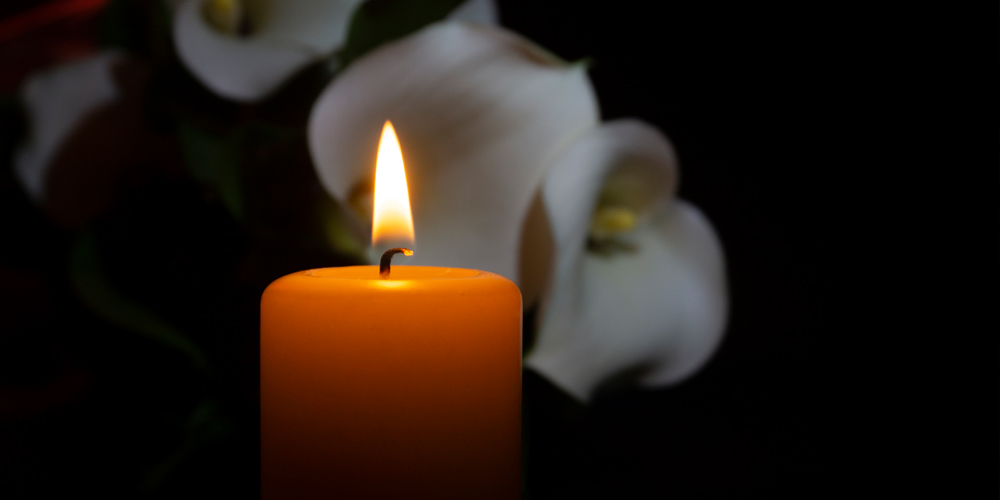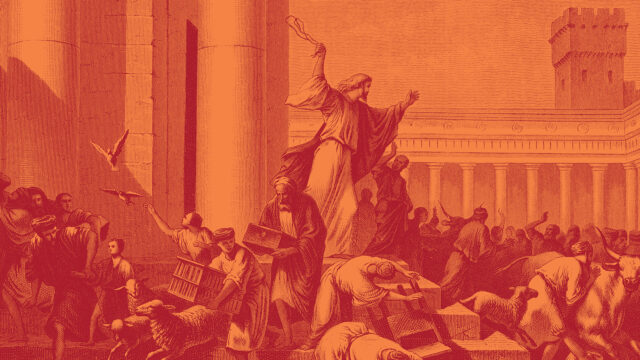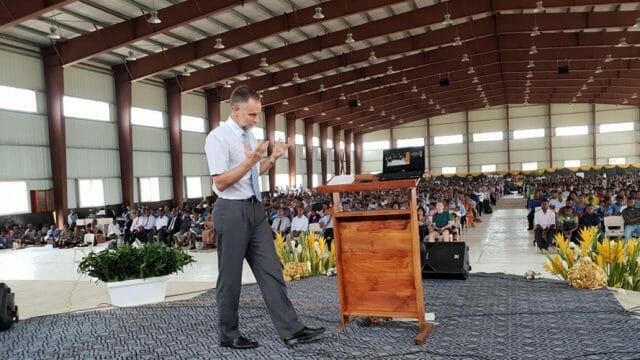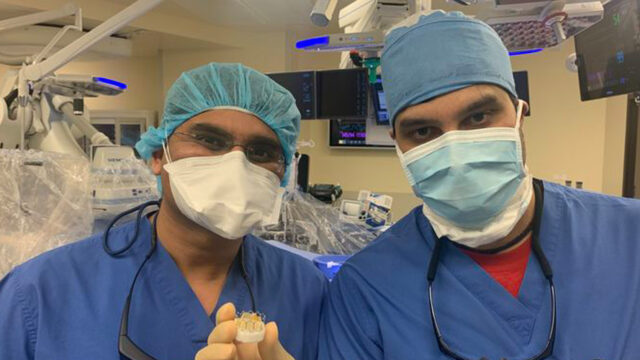During lockdown, my church’s virtual communion service acquired a renewed meaning.

I’ve never watched a horror movie in my life, but, believe me, I have a pretty good idea about what kind of things would make me freeze in front of a screen in utter horror!
The Bible has a few stories that seem worthy candidates for a horror movie script. One of them is an Old Testament story from the desert-wandering days of the Israelites — the story of the poisonous snakes.
Let me make it clear, I have only ever seen poisonous snakes in a zoo, and thankfully behind thick protective glass. Even then, I’ve had to fight my natural urge to run as fast and as far as I can.
I can’t even begin to imagine what it must have been like for the Israelites when they saw a massive invasion of big snakes slithering into their camp.
Were the snakes dark brown or light green? I ask myself. How long did it take for someone to die after she or he had been bitten? Was there absolutely no place to hide?
God did give them a remedy! Bizarrely, that remedy was itself a snake — a bronze snake on a pole.
When we read this story, our first thought is, “Ah, yes, that’s Jesus right there!” With our New Testament eyes, we have been trained to think that way.
But no, for these poor Israelites, it wasn’t a theological lesson about the coming Messiah. For them it was a terrible sight, although it was also saving. They didn’t want to see another snake in their lives, and yet they had to look at a snake to be healed and saved. Their salvation came through that very thing they detested so much.
For some reason, I remembered that biblical story after a Friday evening video service with my home church. Why?
We are all stuck in our homes. We all watch the news every day. We all live amid the fear of death and suffering. And by now, we are all tired of these terrible news stories about death spreading and destroying so much in our world. Our instinct is to escape from this reality and to think about other, more cheerful things.
This means that the last thing we want to think about when coming together as a church is death. And yet, this is precisely what we came together to do. In the middle of this deadly pandemic, we came together to remember a death.
We didn’t have a real communion service, because communion involves being together. We could not be physically together but were connected electronically and in spirit.
We did our best to stay true — even during national lockdowns — to our Christian calling to “proclaim the Lord’s death until he comes” (1 Cor. 11:26, ESV). This call has not been canceled, not even now.
For us, staying true to this call meant that we all, individually, baked some unleavened bread. We remembered to buy some grape juice on our weekly shopping trip. And when we got together at the appointed time on Friday evening, we were ready.
We sang worship songs, we prayed, our Baltic Union president shared the Word, we thought about Jesus and His broken body, and then we ate the bread and drank the cup. We proclaimed the Lord’s death; we remembered that one death, which has the potential to give life to us all — life everlasting.
I teared up several times during the service. It wasn’t just that I miss my church family so much. I teared up because I suddenly understood what it might have been like for the Israelites to live in the middle of a snake plague with danger around every corner.
I understood how difficult and yet how crucial it was for them to look up to that bronze snake even as people were dying left and right. How confusing and yet how real their salvation was! And I understood that our only hope in the world, where death runs havoc, is a disfigured body hung upon a cross. Jesus, bruised and broken, really is the only hope we’ve got. Because only “with his wounds we are healed” (Isa. 53:5, ESV). Only by His death we are given life.
This truth suddenly hit home in a new way.
We are all waiting for a human cure, a COVID-19 vaccine. We are waiting for that time when we can leave our homes, go to church, and have real communion services again. But I will never forget the lesson I’ve learned during this pandemic — the cure comes from the suffering. Life comes from death.
Yes! With Christ comes not just a story of death but also the promise of a glorious resurrection — a message well worth proclaiming.
The original version of this commentary was posted on the Trans-European Division news site.








